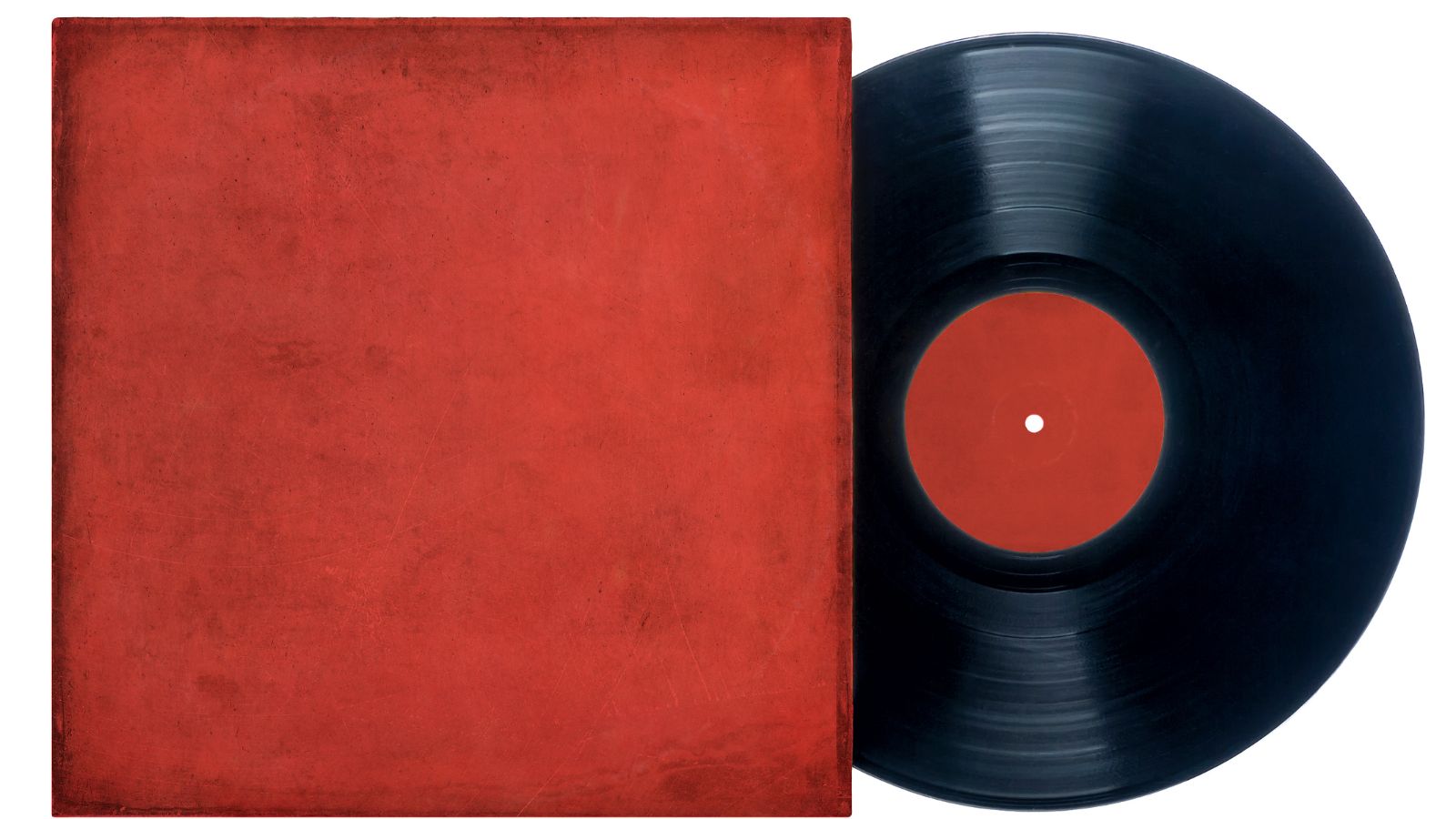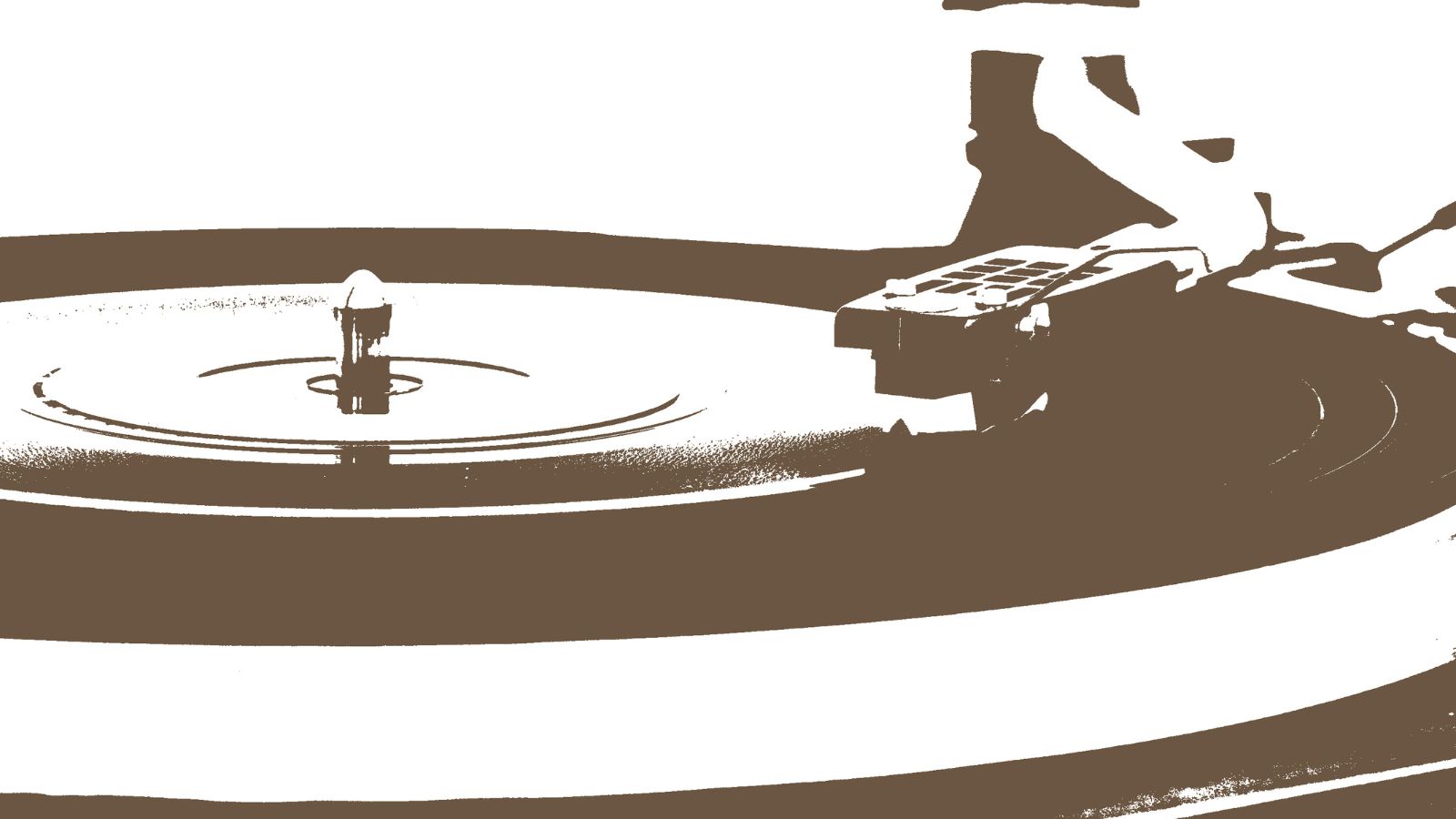In the world of music, there’s a certain charm that vinyl records hold. They’re not just about the music, they’re about the experience and the nostalgia. But like any cherished possession, they require care and maintenance. One vital aspect of this is cleaning, which ensures the longevity of these precious items.
Understanding how to clean vinyl records isn’t just about dusting off the surface. It’s about knowing the right techniques, the suitable products, and the careful approach needed to maintain their quality. This article will delve into the world of vinyl record care, focusing on the best cleaning methods to keep your collection sounding as good as new. It’s a must-read for any vinyl enthusiast looking to preserve their musical treasures.
 Clean Vinyl Records
Clean Vinyl Records
Impact on Sound Quality
Ownership of vinyl records presents a unique aural experience, unsurpassed by digital audio technology. Yet, maintaining superior sound quality mandates regular and proper cleaning of these records. For instance, neglecting dust particles that abide on record grooves may result in a static sound, marrying the audio quality. Additionally, vinyl records that store grime and dust compromise audio fidelity, exhibiting muffled acoustics and diminished sound clarity. Hence, regular cleaning of vinyl records optimises playback, amplifying the rich and warm tones characterised by this medium.
Longevity of vinyl records intertwines directly with their care. Keeping them immaculate not only enhances sound quality but also prolongs their lifespan. Dirt and dust, left unchecked, can cause surface scratches, deteriorating the record’s quality over time. For instance, a vinyl record subjected to neglect and improper storage can exhibit signs of wear just after 50 plays. In contrast, records maintained with thoughtful care can remain unscathed, even after several hundred plays.
Common Contaminants and Their Effects
Music enthusiasts understand the value of clean vinyl records. Let’s delve into the common contaminants and their effects on vinyl records.
Dust and Dirt
Trivial as it may seem, dust and dirt play crucial roles in the degradation of vinyl records. These tiny particles embed themselves in the grooves of the records. This intrusion alters the trajectory of the stylus, causing distortion in soundtracks. It’s more, repetitive stylus tracking across contaminated grooves instigates irreversible wear and tear, curtailing the lifespan of records significantly. For instance, a study published in “Journal of the Audio Engineering Society” affirms that even minimal dust accumulation causes noteworthy acoustic distortion.
Wary as one might be, inadvertent finger contact leaves oils and prints on vinyl records, contributing to grime buildup. These unassuming marks anchor themselves in record grooves. As the stylus navigates these grooves, the increased friction generates heat, warping the vinyl and compromising the sound quality. In an experiment conducted by Audio Preservation Society, even the faintest fingerprint residues distorted high-frequency sounds. Therefore, record handlers typically adhere to the edict of touching only the record edges and label areas to avert potential damage.
 Choosing the Right Cleaning Materials
Choosing the Right Cleaning Materials
Following the understanding of how dust, dirt, oils, and fingerprints can potentially damage vinyl records, the selection of suitable cleaning materials becomes obligatory. It’s paramount to identify effective and safe cleaning solutions, brushes, and cloths to eliminate contaminants without causing harm to the records.
Record Cleaning Solutions
Record cleaning solutions chiefly determine the success of the cleaning process. Selecting a safe, alcohol-free liquid cleaner is often advisable. Alcohol-based solutions, despite their efficacy in removing dirt, can often lead to the deformity of the record’s grooves, if given their ability to dry plastic materials. Brands such as VPI and Audio Intelligent provide non-alcohol solutions that cater specifically to the structural sensitivity of vinyl records.
Alternatively, one could look to homemade solutions as an economical and effective choice. A mixture of purified water and a small portion of dish soap can work sufficiently, given that the solution is used sparingly to prevent soaking the label. When applying the solution, spray it onto the cleaning apparatus, not directly onto the vinyl, ensuring a controlled application and minimal risk of over-saturation.